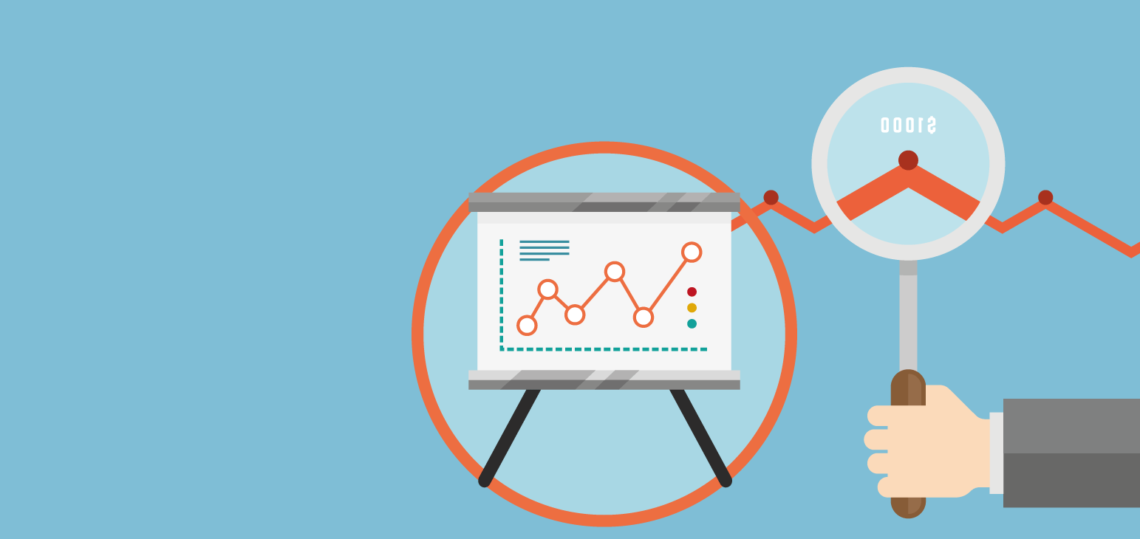It is known that there is a significant investment gets allocated to the development of buildings today and the cost of maintaining of those assets over their lifecycle needs to be monitored with care so that the initial budget estimates for the maintenance of these assets are not underestimated.
To understand the cost of capital maintenance of an asset, it is important for the asset managers to have an insight to how the condition of the asset under analysis is progressing over its life. Current methods include monitoring conditions of assets using annual inspection audits with several inspectors collecting inspection data. The data collected then gets fed back to the asset managers to make decisions on where the funding is required and deployed.
While this is one approach to the providing the adequate level of service for occupants of these buildings, there is a risk involved in not understanding whether there is going to be a cap on funding when it comes to the term maintenance of an asset. There could be a chance that a lot of costly and critical assets failing in one year and the total backlog of replacing all those assets will skyrocket for that year, failing the maximum allowed annual budget.
To avoid this scenario, it is important to make sure that Life Cycle Costing (LCC) is calculated and a planned proactive for capital replacement (CAPEX) program is achieved rather than simply taking the traditional approach of reactive maintenance. Using a LCC tool such as CAMS helps make this decision-making process easier. To find out more visit assethub.com.au.

